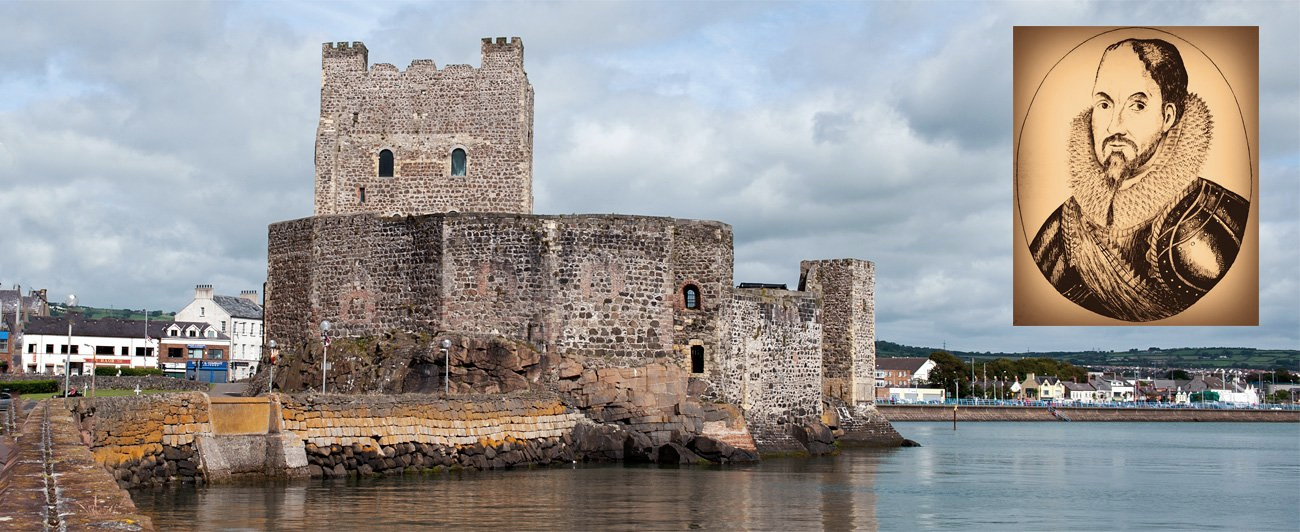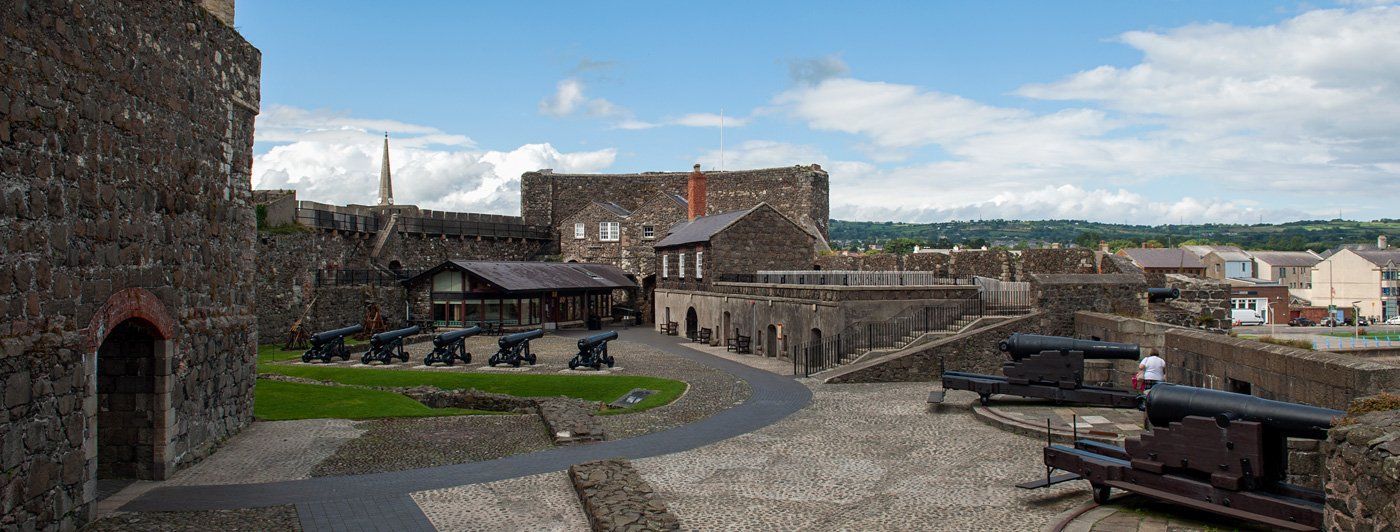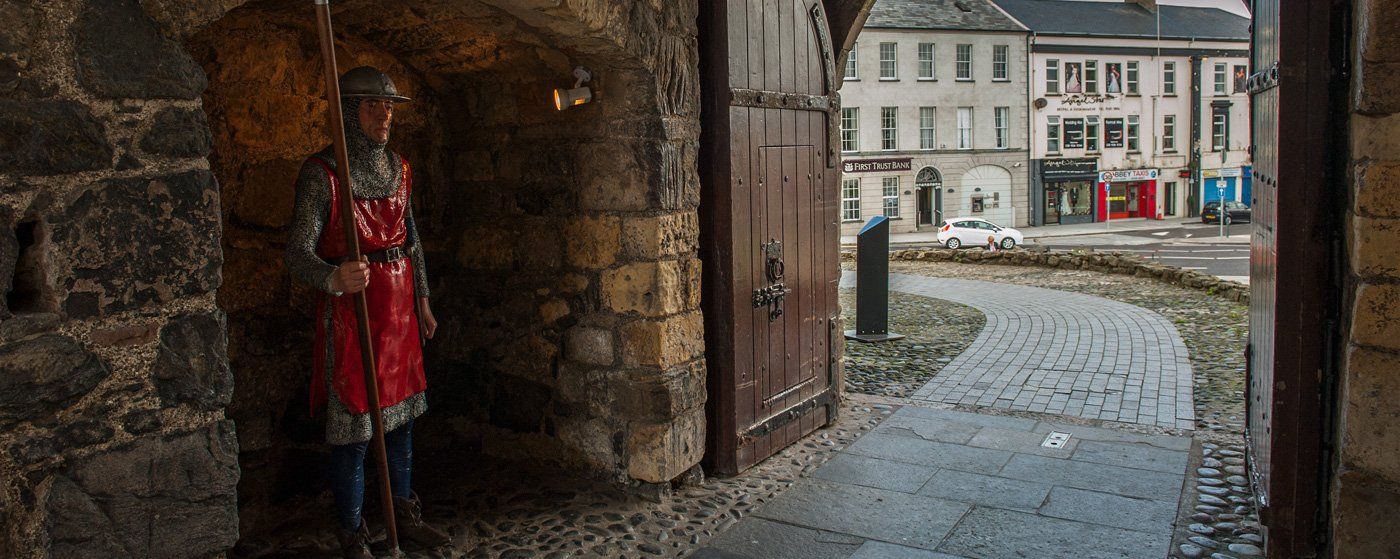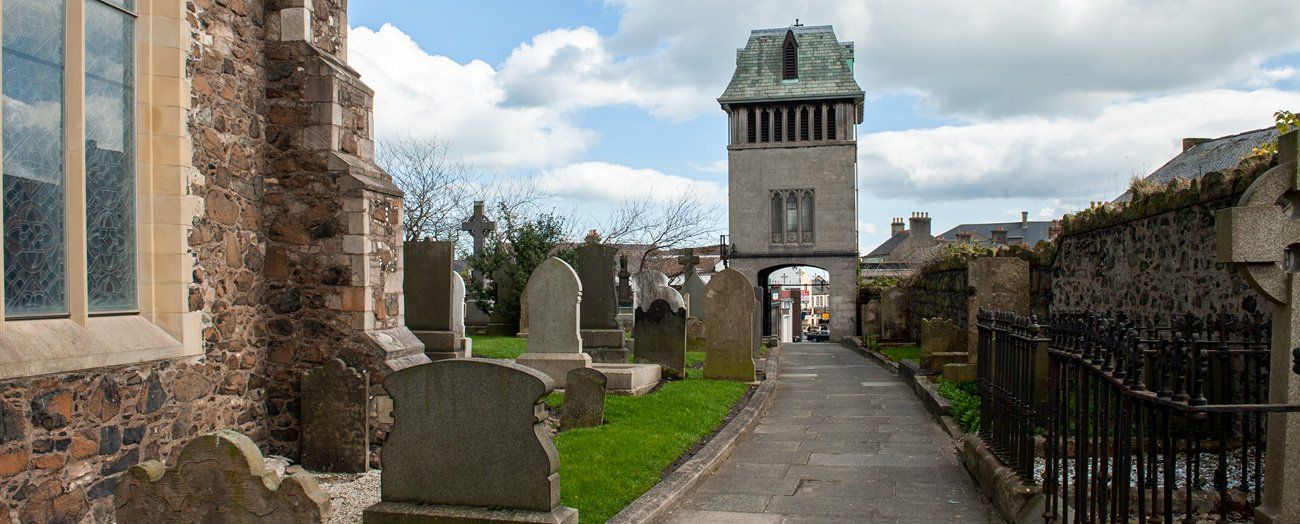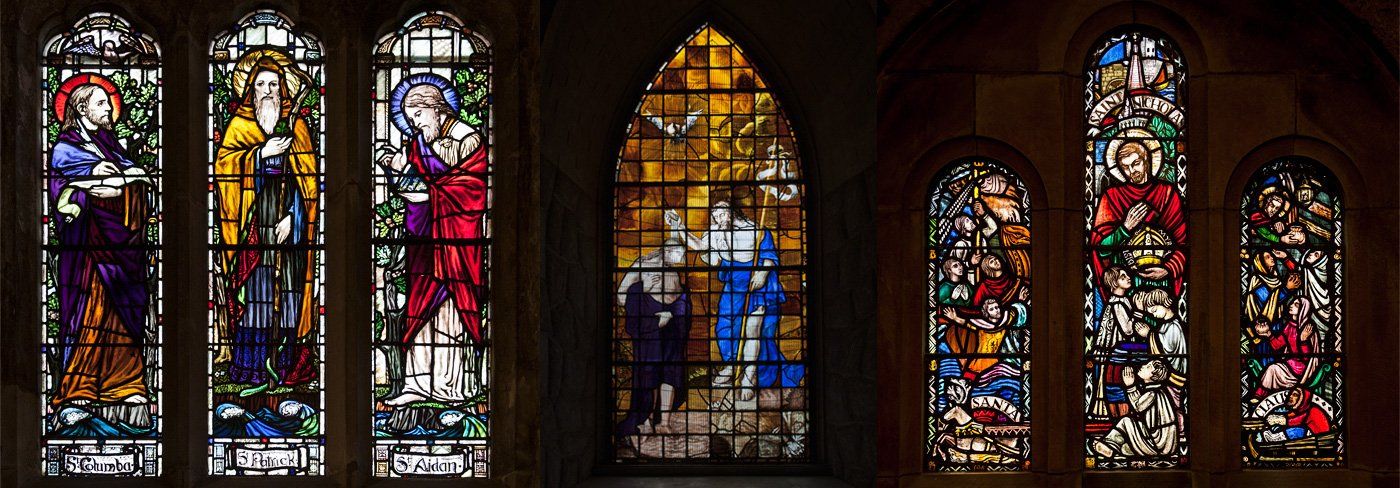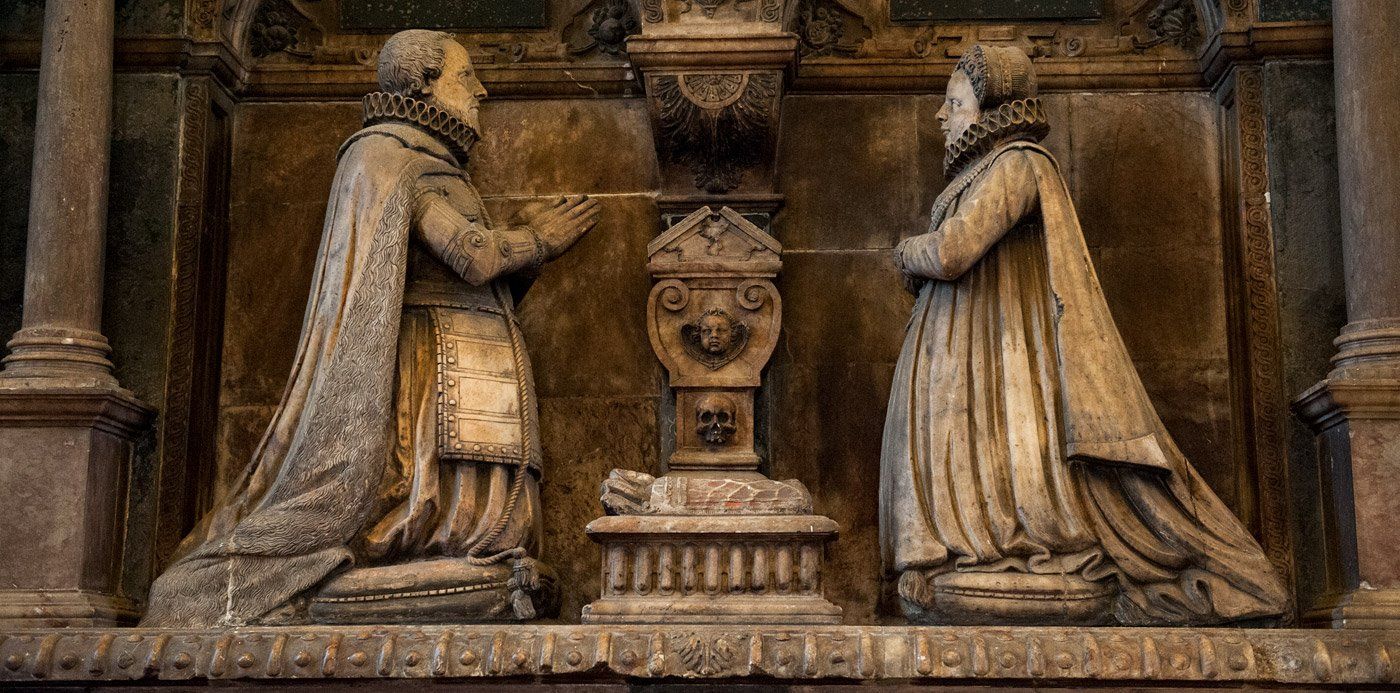Arthur Chichester
Arthur Chichester was born in 1563 at Raleigh in Devon, his father John Chichester (1520–1569) had a distinguished Naval career which saw him serve under King Henry VIII in France. Chichester attended Exeter College, Oxford but left before completing his studies to embark on a military career where he became a Captain of HMS Larke (Lark), a pinnacle in the fleet of Sir Francis Drake which disrupted the planned invasion of the Spanish Armada in 1588. In 1592 he was involved in an attack on one of the Queen’s purveyor’s (a purveyors acted like bailiffs). The incident led to him being summons to the Privy Council, rather than appear he fled to a relative in Ireland, Sir George Bourchier, and lived here for a couple of years. It was through this connection and the support of George Bourchier that he was given a pardon by the Queen. Ironically he became a member of the Privy Council in later years.
He returned to England and embarked with Francis Drake on his last expedition to the New World (1595) in search of a treasure ship bound for Spain containing some 2,000,000 ducats. The ship was not taken and Drake died on this voyage, he was buried at sea. Chichester was credited with setting fire to a Spanish ship at Puerto Rica. On his return to England he was promoted to Sergeant Major General of the English army and sent to Picardy, France where he took part in the Siege of Amiens with Henry IV, he was wounded during the siege and knighted by the king for valour in battle. (1597). Interestingly in the same year as he was knighted , his brother Sir John Chichester, the governor of Carrickfergus was killed in a battle with James MacDonnell, his head decapitated and sent as a trophy to the Earl of Tyrone. Hugh O'Neill.
With his military abilities proven he was recommended for service in Ireland by the Earl of Salisbury. He arrived in Dublin in 1599 with a contingent of soldiers from the Earl of Essex whom he had fought with in Spain and France. His move to Ireland was both personal and duty, he requested to have the role of Governor of Carrickfergus which he was given by Essex, the loss of his brother while serving here as governer, killed by the MacDonnells, did not make him reconciliatory towards anyone who opposed the crown. He arrived into a land torn by internal feuding and opposition to English rule. As governor, he effectively had command of all the garrison troops in Ulster, including forces under Sir Henry Dowcra at Derry and could call on more from Dublin if required. With the support of his commanders he exercised a scorched earth policy in the war he fought against forces and supporters of Hugh O’Neill, the Earl of Tyrone and the leader of the resistance during the Nine Year War (1594 – 1603).
Chichester and Mountjoy had planned to create a series of strong garrisons and then waste the land by destroying crops, burning settlements and killing the population, in his own writing he suggests that famine was the only way to destroy the resistance and so he set about crop destruction in the autumn. In other writings he relates to not sparing, women, child or beast in his campaign. When he first arrived he cleared a twenty-mile radius around Carrickfergus of all resistance by the same tactics. a bloody conflict unfolded, reprisals came from both sides, ultimately those who inflicted the heaviest casualties won. After a prolonged campaign, O’Neill and his supporters weakened and were forced to enter negotiations with the Lord Deputy Charles Blount (Baron Mountjoy). Chichester was appointed Lord Deputy of Ireland in 1605 replacing Sir George Carey, a combination of factors then followed which led to the Flight of the Earls from Ulster in 1607 something that Chichester is widely regarded as being responsible for, although the laments which surround the story are not exactly correct. The Earls had planned to leave and knew the ship was coming a month in advance, they also had received 4,000 ducats subsistence from Spain.
Locally, Sir Arthur Chichester was responsible for establishing and developing Belfast, he built a castle there in 1612/13 on the site of an old Norman keep built by John De Courcy. In 1613 he received the title Baron Chichester of Belfast and the city received its Charter from James 1st. He built the walls around Carrickfergus and Joymount, a large mansion where he resided when in Ulster and retirement. He developed many small hamlets which he owned including Castle Chichester at Whitehead. Chichester was instrumental in formulating the Plantation of Ulster under James 1st. The peerage passed to his son whose son became the 1st Earl of Donegall, the third Earl was responsible for building the present-day castle below Cave Hill. You will find many city street names relating to the family.
In 1606, he married Lettice Perrot, daughter of Sir John Perrot a previous Lord Deputy of Ireland (1584-1588) They had one child, Arthur, who died before he was one year old. Chichester retired from the position of Lord Deputy through ill health and concentrated on his mansion at Carrickfergus and other developments while also acting as an ambassador to the Habsburg Empire. He died of pleurisy in 1625 and is interred in the family vault in St Nicholas Church, Carrickfergus along with his son, wife and brother. This vault is an exceptional example from the period, the image above is a crop to the central feature of the vault, their only child lying between them.

